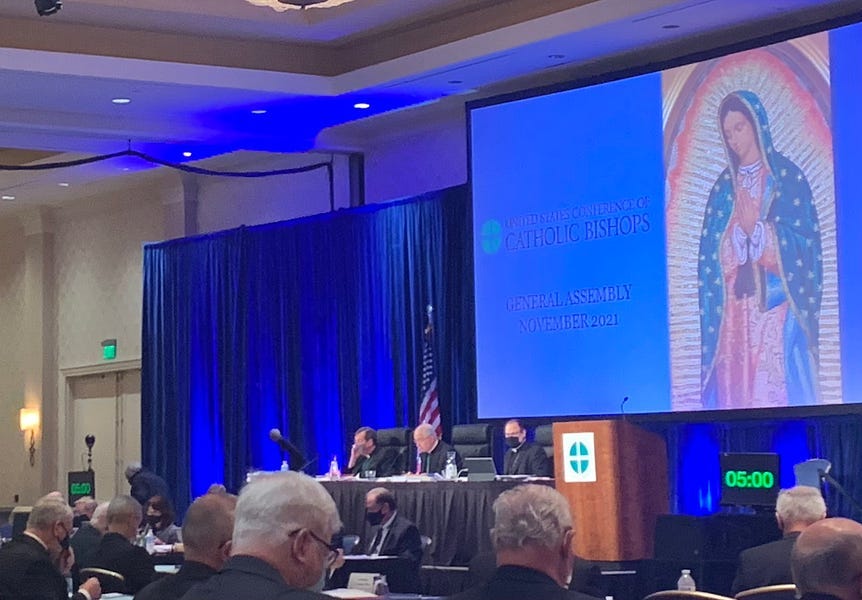USCCB: Synod process 'not perfect,' but synodality is 'not over'
USCCB organizers say the synod on synodality has accomplished a lot. They also say they've got more work to do.

At the end of the local phase of the Church’s synod on synodality, organizers at the USCCB have said the Church’s experience of the process is more important than the documents it has produced.
USCCB organizers also acknowledged that consultation sessions in recent months had only limited participation - with many Catholics wholly unaware they were takin…
